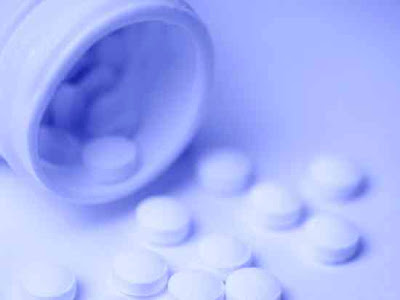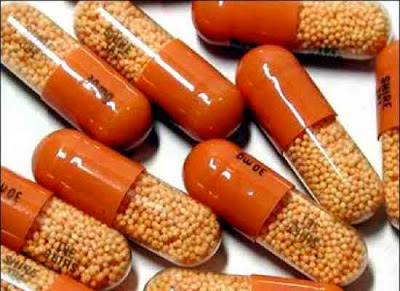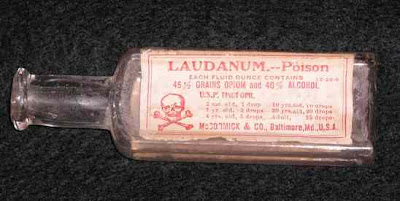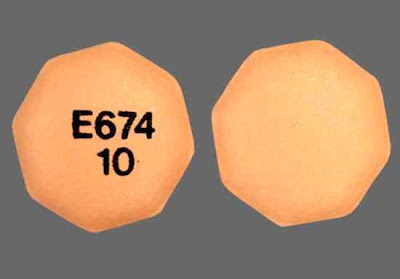
Gazing up at her own image towering across a billboard in London's West End, Katie Green felt a pang of guilt.
It was August 2008 and the former New Look shop assistant from Chichester, West Sussex, had been unveiled as the latest face - and body - of Wonderbra lingerie, a position previously held by Czech beauty Eva Herzigova and burlesque star Dita Von Teese.
The bra manufacturers claimed Katie, who at 5ft 10in and 10st 5lb is as far from the size-zero aesthetic of many models, represented 'real women' everywhere.
It was a moment the 24-year-old had so wanted to be proud of. Yet the picture was not all it seemed.
In reality, Katie - who would, bizarrely, later step out with Lib Dem MP Lembit Opik - suffered from a condition known as breast asymmetry. Her right breast measured 2in and a full two cup sizes smaller than her left - one was a B-cup while the other was a D.
During the shoot, Katie had been asked to stuff her bra (as she often did) using a silicone rubber prosthetic, known as a chicken fillet. The photos had also been airbrushed to give her a perfect, symmetrical appearance.
'As a teenager, I had looked at images like these featuring models with perfect breasts and felt terribly self-conscious that I didn't measure up,' she explains.
'Back then, I didn't know the images were manipulated. Of course, in reality most models I know have funny moles or lumpy thighs that get airbrushed away. I understand why they retouched the photos, but in a way I felt as if I was now complicit in some kind of lie.'
The reason some women develop asymmetrical breasts is not fully understood, although genetics are thought to play a part.
During puberty, the hormone oestrogen triggers the growth of breast tissue, usually about two years after the first menstrual period. Tissue continues to grow for up to four years and during that time there can be differences in size.
For most women, final breast shape and size occurs at the age of about 21. Pregnancy and menopause - both hormonal events - can lead to further growth or change.
The three major determinants of breast appearance are size, shape of the individual breast and the position of the breast and nipple when standing in an upright position.
About 90 per cent of women have some degree of asymmetry, yet experts estimate as many as one in 20 has a problem so pronounced it could be considered a deformity.
Lack of almost any breast development, known as hypoplasia, and its opposite, hyperplasia - when the breasts are too large - are other common problems that can occur on their own or at the same time, leading to asymmetry.
Aside from self-esteem issues, unusually large or lopsided breasts can lead to a host of other health problems, such as back and neck pain due to their weight, and skin irritation due to ill-fitting underwear.
'At school I was actually bullied for being flat-chested,' says Katie. 'Then, aged 17, I finally began to develop and that's when I noticed my left side was much bigger than the other.
'I was still quite shy and too embarrassed to say anything so I didn't tell my mother or go to the doctors. I just hoped they would sort themselves out.
'Boyfriends were pretty understanding - it was other girls who were most unkind. I would go to great lengths to disguise my figure, stuffing toilet tissue in my bra - which made life very difficult when I went swimming.
'I wore baggy clothes, anything that would draw attention away from my chest.'
At the time Katie, the youngest of four, lived with her parents, Trudy, now 60, and Keith, 64, in their West Sussex home.
She was working as a shop assistant in New Look in Chichester and planning to apply to the police force when she won a competition to become the new face of Wonderbra.
She recalls: 'At school I loved singing and drama. I studied for a diploma in performing arts at college. Despite my insecurities about my body, I was pretty confident. I had my bad days but I was able to paint on a smile and go out and be happy.
'When I saw the competition advertised in a magazine, I thought, "Why not - I'll never win," so I went along to the audition. I was utterly stunned when they picked me out of 4,000 girls. I was also worried and thought, "How could I do this with my wonky cleavage?" So on the day of the shoot I confessed and was amazed at everybody's reaction. They were so kind and very sympathetic.
'For the shoot they padded out one cup to give my smaller breast a boost and the stylist also pulled my long hair over one shoulder.'
After the Wonderbra campaign, Katie was due to sign to Premier Model Management, the agency Naomi Campbell and Claudia Schiffer were signed up with at the time.
The agency demanded she lose weight. Taking advantage of the ensuing media storm, Ultimo underwear owner Michelle Mone enlisted Katie as their new ' spokesmodel', following in the footsteps of Rachel Hunter and Penny Lancaster, saying: 'She has an incredible shape and represents real women throughout the UK.'
Katie, who was unceremoniously dumped by Ultimo the following year after paparazzi photographs of her sunbathing topless appeared in some tabloid newspapers, says: 'I was always honest with clients. I made it quite clear that I had one breast much smaller than the other so it wouldn't be an issue.
'But of course, in the Ultimo pictures I was wearing a chicken fillet, and the photos were manipulated and airbrushed to make me look symmetrical.'
Ultimately, the model admits it was partly looking at these images that made her want to seek medical help.
'I might have appeared perfect on the underwear boxes but every time I glanced down, I saw a baggy bra cup on one side,' she says.
'If I wore a bra that fitted my smaller breast, the straps would cut into my skin which was painful. I wished I could wake up in the morning and look as good as I did in the photos.'
If breast asymmetry is pronounced, then surgery is an option. This may involve augmentation of one or both breasts, reduction of one or both breasts if hypertrophy is present, or even augmentation of one breast and reduction in size of the other.
Sometimes there is sagging, known as ptosis, of one of the asymmetrical breasts that needs to be corrected at the same time. Surgery to correct asymmetry is about 90 per cent successful. However, few surgeons will agree to operate on a difference of less than a cup size.
Katie was unwilling to have breast implants.
'I didn't want breasts like footballs,' she says, 'or great big scars across my chest.'
Instead, she opted for a new minimally invasive treatment known as platelet injection fat transfer ( PIFT) , first developed to reconstruct the breasts after a mastectomy. During the four-hour procedure, fat is removed from the patient's flank or thigh areas.
'Traditional or heat-assisted liposuction may damage the fat cells needed for the graft so we gently aspirate the fat (remove the liquid using a syringe) with a blunt cannula. About 200ml of fat was used to balance and shape Katie's breast,' says Dr Aamer Khan at London's Harley Street Skin Clinic.
Roughly 100ml of fat is needed to boost the breasts by one cup size.
Although it is considered safe to remove up to nine pints of fat in one liposuction session, the structure of a single breast would be unable to support much more than one pint of liquid.
After the fat harvest, a small amount of the patient's blood is placed in a centrifuge to separate the plasma, which is rich in platelets - cells that aid healing - and stem cells. These are often called the body's building blocks as they are juvenile cells that have the ability to turn into almost any other kind of cell.
Stem cells help the graft to form new blood vessels and 'take'. They are mixed with the fat, and injected into the breast.
'Evidence shows that if successful, it is a permanent enhancement. The procedure can be repeated safely at any time if necessary,' says Dr Khan.
He adds: 'There are always risks with surgery, even though we use only local anaesthetic - but the risks of an allergic reaction are minimal.
'Another problem, historically, with liquid injected into the breast is calcification - nodules of hardened tissue. But, in our experience, it is rare for this to happen with fat transfers.
'There is a standard look you get with silicone implants, but with this technique you get a much more natural appearance. The patient can go home the same day and the only evidence will be tiny pinpricks where the fat has been injected. And these marks will heal and disappear within a few days.'
Katie, who shares a three-bedroom detached house in Northampton with her fiance, building construction manager Nathan Marsh, 35, underwent the £4,500 surgery in January.
'I won't lie - I was sore afterwards around my thighs where they removed the fat, and in my breast, which was also swollen and bruised,' says Katie.
'Nathan came and picked me up from the hospital and I had to wear a sports bra day and night for two weeks to minimise swelling and provide support.
'After a week, I had the stitches removed around the puncture marks where the cannula had pierced the skin. And now you can't see a single scar on my body. The result has been nothing short of miraculous.'
Katie, who has gone on to model for lingerie company La Senza and became the face of Special K breakfast cereal, says she did not undergo the treatment for her career.
'Honestly, my chest was the one thing I disliked about my body. I did it for me. For the first time ever, I have matching breasts as well as thinner thighs.
'But best of all, I've chucked away my chicken fillets.'




























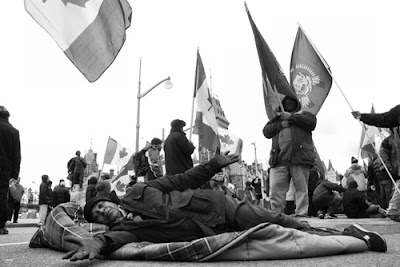
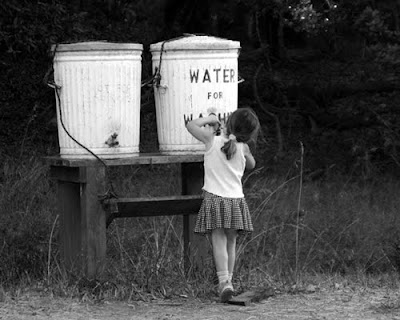






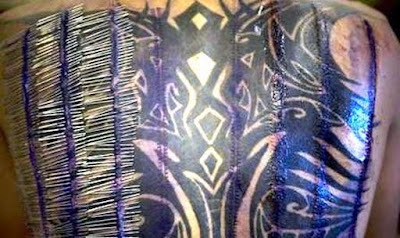






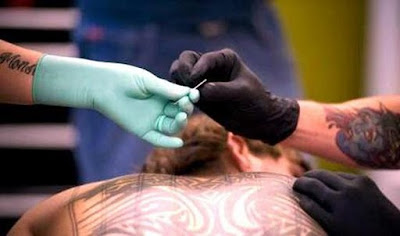




 A man was missing presumed dead today after falling overboard a cruise ship into the English Channel, officials said.
A man was missing presumed dead today after falling overboard a cruise ship into the English Channel, officials said. The number of teachers classed as incompetent has doubled in just one year, while the number labelled outstanding has halved.
The number of teachers classed as incompetent has doubled in just one year, while the number labelled outstanding has halved. Wanna sex up your love life? Then visit Venusgarden Guesthouse in Sweden that offers services including an orgasm coach. he guesthouse near Skurup, in south Sweden, is a 'paradise of love' for some of the guests.
Wanna sex up your love life? Then visit Venusgarden Guesthouse in Sweden that offers services including an orgasm coach. he guesthouse near Skurup, in south Sweden, is a 'paradise of love' for some of the guests. Gazing up at her own image towering across a billboard in London's West End, Katie Green felt a pang of guilt.
Gazing up at her own image towering across a billboard in London's West End, Katie Green felt a pang of guilt. Taking full advantage of the contract he signed with Strike force pre-merger, Nick Diaz has signed a tentative agreement box Jeff Lacy (25-4) this fall. Cesar Gracie, Diaz’s manager, has stated that a date and venue have been decided upon though neither has been announced thus far. Gracie also said that unless the UFC were to ask Diaz to fight current welterweight champion Georges St-Pierre during the same time period the boxing match will take place.
Taking full advantage of the contract he signed with Strike force pre-merger, Nick Diaz has signed a tentative agreement box Jeff Lacy (25-4) this fall. Cesar Gracie, Diaz’s manager, has stated that a date and venue have been decided upon though neither has been announced thus far. Gracie also said that unless the UFC were to ask Diaz to fight current welterweight champion Georges St-Pierre during the same time period the boxing match will take place. In a bid to enhance long-distance relationships, Japanese researchers have developed a kissing machine that lets users 'transmit the feeling of a kiss' over the Internet.
In a bid to enhance long-distance relationships, Japanese researchers have developed a kissing machine that lets users 'transmit the feeling of a kiss' over the Internet.